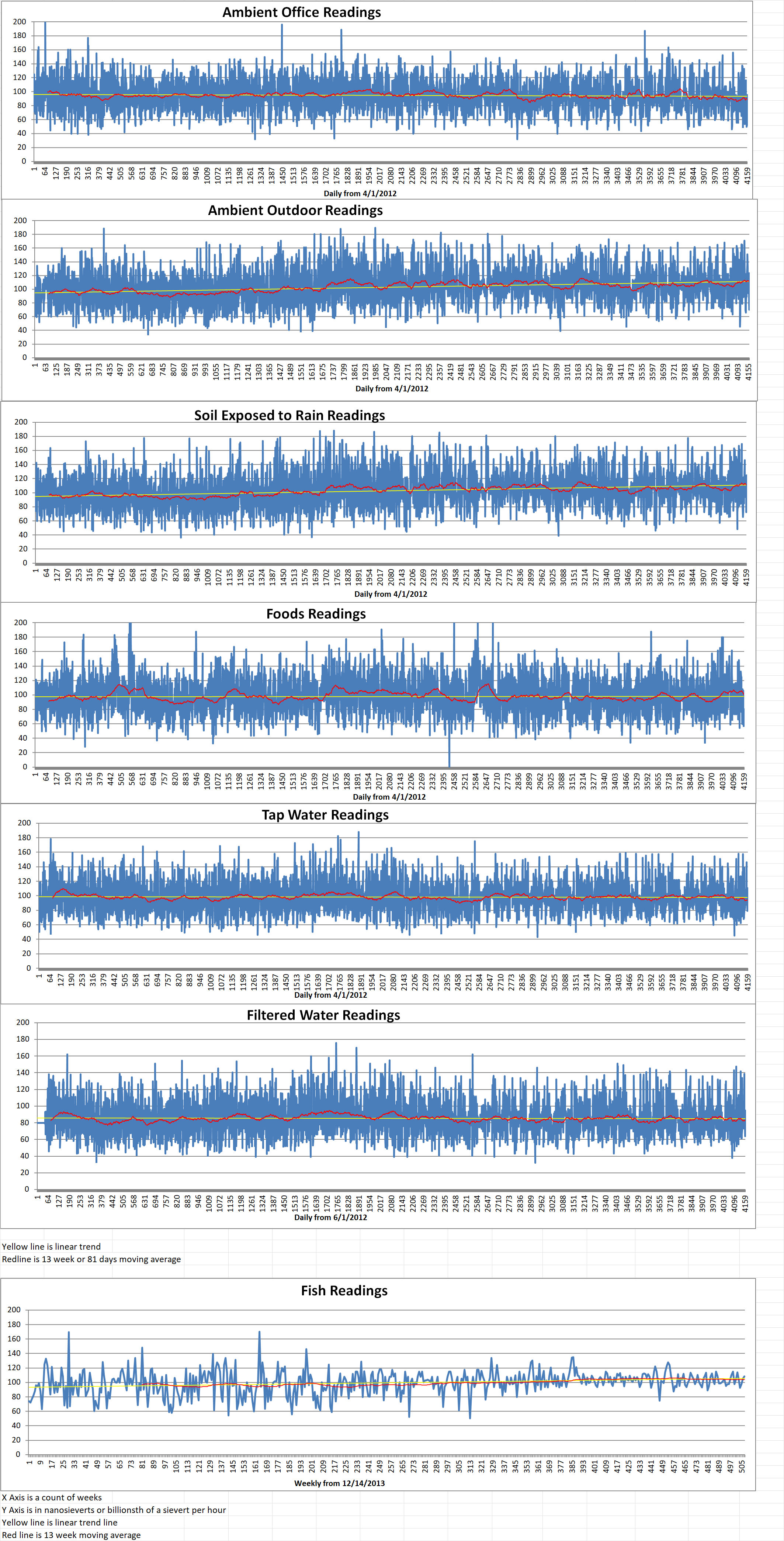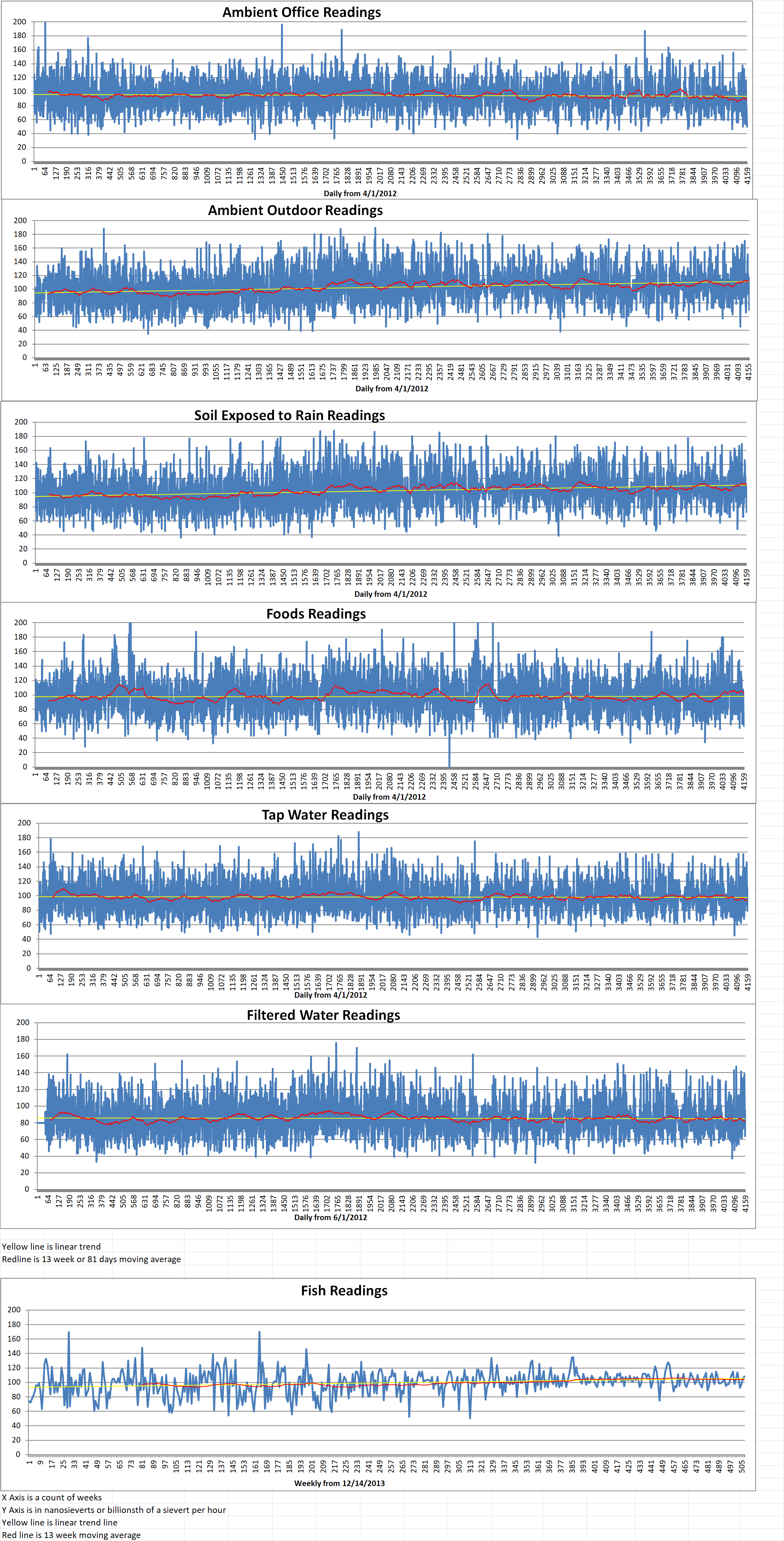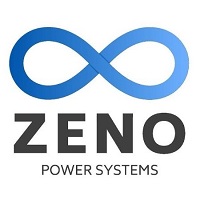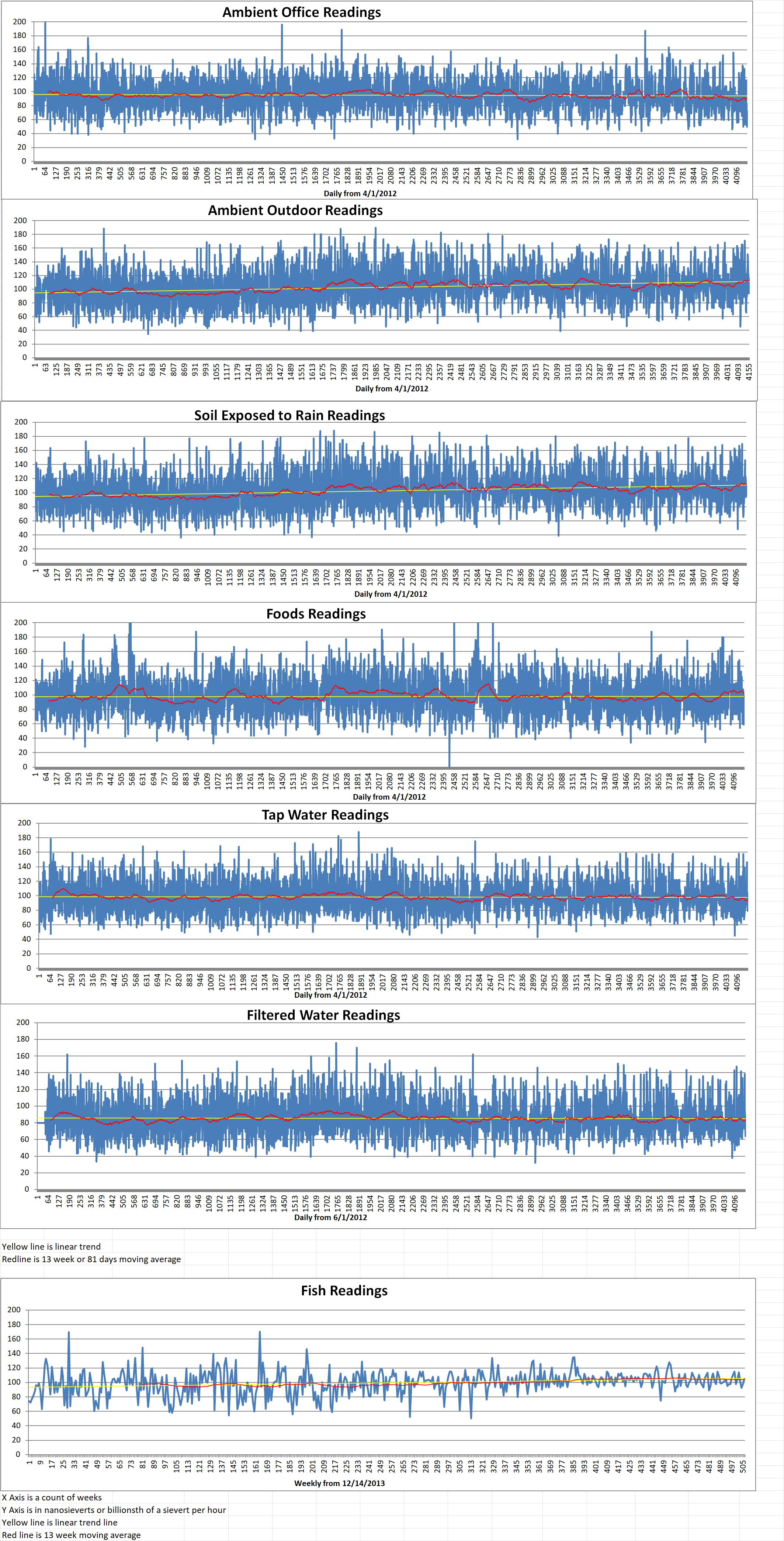Part 2 of 2 Parts (Please read Part 1 first)
In theory, the detonation of a nuclear weapon in space could provide the advantage of swiftly disabling a large part of the adversary’s satellites in one decisive blow. This is because the EMP that is produced as a side-effect of a nuclear detonation can permanently disable electrical and electronic equipment across a relatively vast area, especially if the nuclear device is detonated at high altitude.
It is possible to harden satellites to withstand bombardment of charged particles released during high-altitude nuclear detonation. However, only a relatively small portion of military-grade satellites currently in orbit have undergone such hardening measures. The vast majority of commercial satellites in low Earth orbit are critical to economic activities. They incorporate standard electronics into their payloads that render them vulnerable to these kinds of attacks. This renders Western states vulnerable to these kinds of attacks.
The second option is the deployment of a nuclear-powered ASAT weapon that utilizes lasers or particle beams to destroy its targets could. This could offer the same military benefits, while avoiding some of the associated risks. This approach might enable Russia to threaten larger constellations of micro-satellites, such as those that make up Elon Musk’s Starlink internet system. They would not generate excessive space debris and radiation and would avoid the potentially self-harming effects of a nuclear detonation.
The Soviet Union and its Russian successor state are known to have worked on nuclear-powered “space tugs” that could theoretically be equipped with electronic warfare capabilities. These include electromagnetic energy weapons that might prove effective against satellites. However, it remains uncertain whether Russia has the money to invest in such technology after two years of high-intensity land-warfare in Ukraine and a sanction regime that continues to undermine its technological base.
This implies that while Russia may potentially have the capability to deploy a space-based nuclear warhead in the not-so-distant future, deploying a sophisticated nuclear-propelled electromagnetic weapon system in space will be much more difficult to achieve.
Regardless, if an active weapon system were to be deployed in space, it would represent a major escalation and a clear violation of the 1967 Outer Space Treaty, to which Russia is a signatory.
The revelation also highlights Russia’s continued willingness to disrupt and destabilize the political environment in pursuit of perceived advantages. With a space-based and potentially nuclear ASAT weapon, Moscow would have the option to release a devastating attack on NATO at any moment – a significant piece of leverage that could prevent the bloc from reacting decisively against a land-attack on an alliance member.
That, however realistic, might be the threat Vladimir Putin hopes to hang over the heads of the West.






